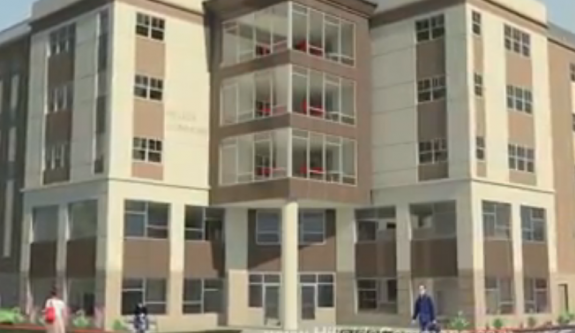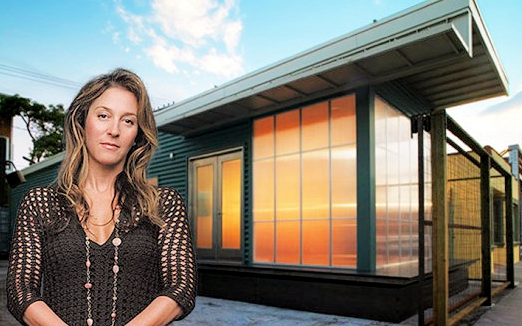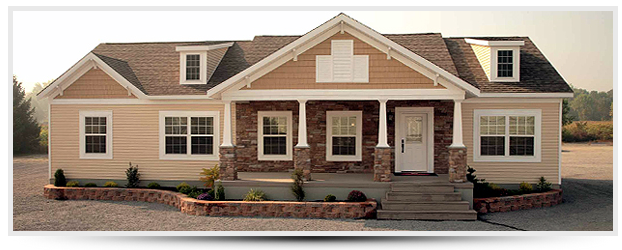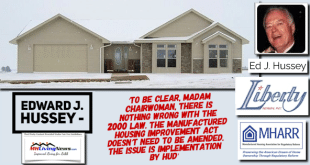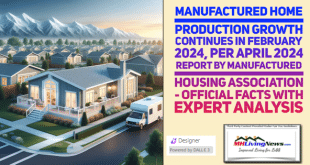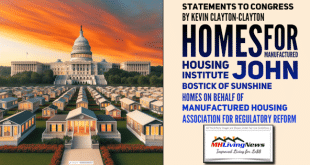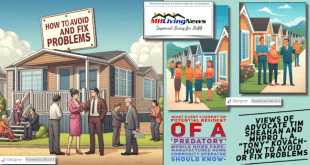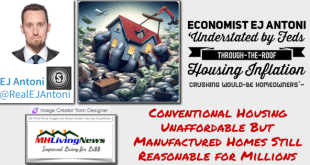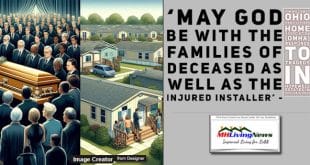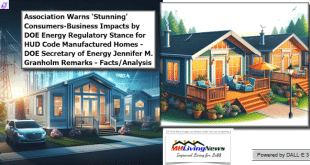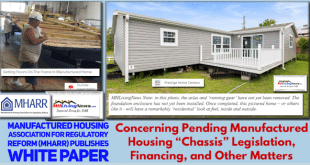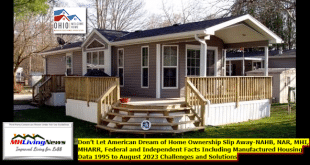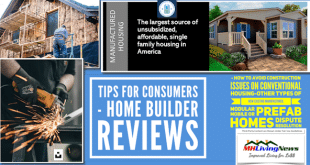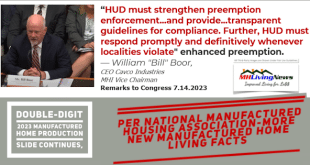The Boston Globe published an editorial that began as follows.
“THE TERM “manufactured housing” tends to invoke a 65-by-12-foot mobile home plopped down in a trailer park. But the industry has evolved to the point that many housing units assembled in factories are indistinguishable in looks and quality from homes built on site.”
We agree. While their recent column seems to have some confusion on the terms ‘modular’ and ‘manufactured homes’ – which is not uncommon – the clear message the Boston Globe is portraying is one that favors an increased use and acceptance of ‘factory-built’ homes.
Their editorial continued, quoting verbatim.
“Multi-family, modular homes built to federal safety standards would look especially good in Boston neighborhoods where middle income people are increasingly priced out of the market. The modular building industry cites cost savings of 10 to 20 percent as compared to conventionally built homes. Those savings would open a lot of doors.
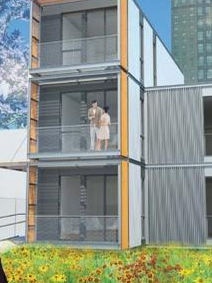
Traditionally, the building trades — which were formerly headed by Walsh himself — have pushed hard for so-called stick-built construction over less-expensive manufacturing techniques. Construction workers may well resent the sight of entire walls with doors and windows intact arriving in Allston, Hyde Park, Dorchester, or other Boston neighborhoods on flatbed trucks from out-of-state factories. But there is room for a workable compromise, and Walsh is in a good position to negotiate it: Manufactured homes could be built in Massachusetts factories with unionized labor. Then, as more area communities take advantage of the economies of scale, construction prices would drop even further. The need for new mid-priced units is vast throughout eastern Massachusetts; in the city of Boston itself, some 30,000 of them need to be produced over the next decade just to meet existing demands.
The Walsh administration, like the Menino administration before it, rightly worries that Boston is becoming a bifurcated city where the very rich live in market housing and the very poor live in subsidized units. And once that happens, much of the city’s character goes out the window. The South End, Charlestown, Back Bay, Fenway, and other northern sections of the city are considered beyond reach for families who are not 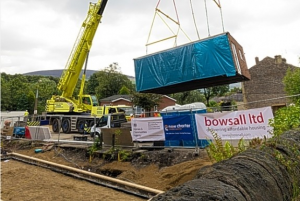
The price of new housing can be reduced in two ways: By streamlining the approval process and reducing the cost of construction. A concerted effort to rezone Boston’s neighborhoods would ensure that local opposition to multi-unit developments would be resolved before the projects are actually on the table, greatly reducing delays and giving developers and the banks who finance them far greater certainty.
For their part, developers will have to utilize less-expensive construction techniques. Mid-rise construction, for example, is being used increasingly to alleviate housing shortages in cities with high housing costs. The new model calls for the construction of wood-frame, code-compliant buildings of up to five stories on a base of steel and concrete. Choosing wood over steel as the major structural material can represent savings of 10 percent or more in hard costs and significantly reduce construction times, according to industry analysts. And the framing technique is sufficiently versatile to allow for the construction of dozens of housing units on modestly sized sites.
“The Stack” – modulars in NYC
In the early 20th century, triple deckers became the symbol of Boston’s striving middle class. The construction style maximized living space on small, rectangular lots. In the early 21st century, the new symbol of middle class housing could be modular homes or reasonably-priced condos and apartments built in wood-frame structures above retail outlets. It would help preserve middle-class life and keep Boston one of the nation’s most vibrant cities.”
Hillside Commons – at SUNY
New York is among the places in the U.S. where an increased use of factory-built homes is being witnessed, much like the Boston Globe is suggesting.
Some university campuses are watching modular housing going up too. Hillside Commons – at SUNY (State University of New York) campus, shown in the artist’s rendering above – is an example of that trend.
Jennifer Siegal – mobile design – featured in CBS News Report
As the recent CBS News TV report – linked here – reminds us, the media’s understanding and acceptance of manufactured and modular homes seems to be on the rise.
Photo credit, Eastern Ohio Home Show.
At the recent Ohio Manufactured Homes Association public day event in Akron, nearly 3000 people came in mostly cool, rainy weather to see modern manufactured and modular homes first hand. The feedback from attendees was overall positive. After touring the homes, hundreds said they planned to buy a factory-built home in the next year.
The Boston Globe is forward thinking in promoting the use of manufactured and modular construction.
As we’ve reported before, with manufactured homes you can get everything from
- entry level homes that meet all federal safety and construction standards, and could relieve strained housing subsidy budgets with common-sense home ownership, to
- to residential style homes, which are typically the ones featured in the Manufactured Home Living News ‘featured home of the week,” to
- the kinds of manufactured or modular “mansions” the elite live in, or
- high rises, multi-family, etc. that the Boston Globe is touting in their article cited above.
Beyond food and drinks, almost everything we wear or use passes through a production facility. The acceptance of modern manufactured homes is as reasonable as accepting smart phones vs. the old crank phones that used to hang on walls 100 years ago. Phones have evolved, and so have manufactured and modular homes. ##
(Image and other credits:
(1st nypost.com–Garrison Architects–NYC modular apartments.
(2nd above) Jim Coldwell/hulldailymail.com–modular housing in Great Britain,
(3rd therealdeal.com–the Stack modular apartments in NYC)
(4th CNYNews – SUNY
(5thJennifer Siegal – CBS News
(6th Eastern Ohio Home Show
Link to original Boston Globe column is here.)
L. A. “Tony” Kovach is an factory-built home industry veteran who is the publisher of MHProNews.com and ManufacturedHomeLivingNews.com.
 manufacturedhomelivingnews.com Manufactured Home Living News
manufacturedhomelivingnews.com Manufactured Home Living News

